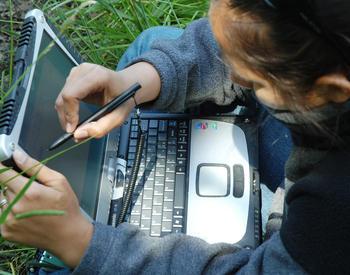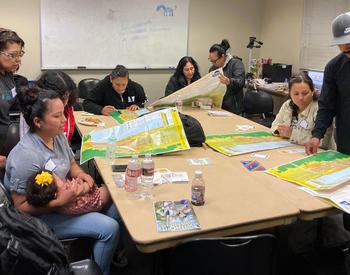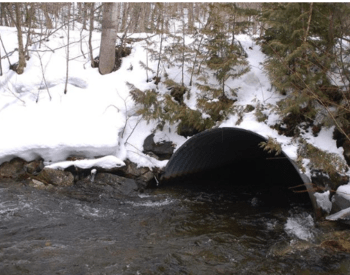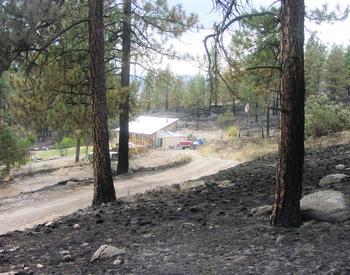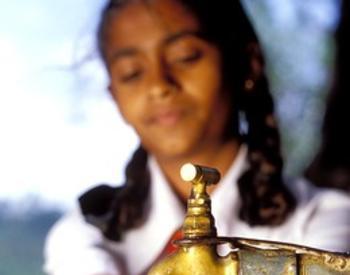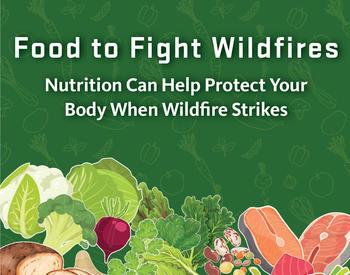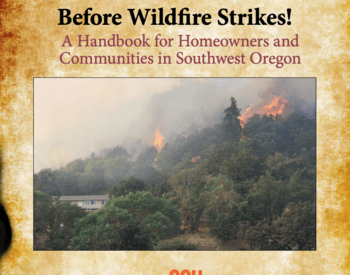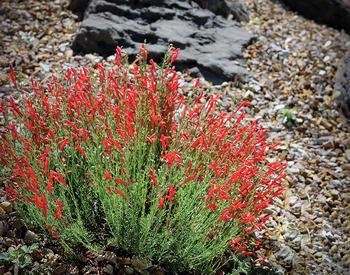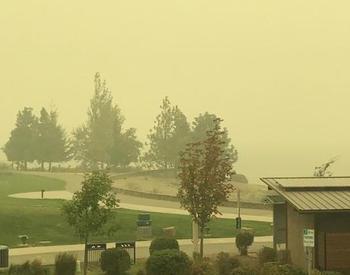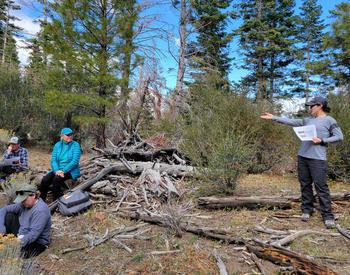Oregon is a land of fire. From coastal prairies to ancient conifer forests and Mediterranean oak woodlands to the sagebrush steppe, Oregon has long been shaped by fire. Animals and plants have found ways to adapt, and many even benefit from fire, sometimes in surprising ways. In this webinar, you will learn about the ecology and history of fire in Oregon, and what we can expect moving into the future.
Originally aired on May 19, 2021
Presenters: Amanda Rau, OSU Extension Fire Specialist for the Willamette Valley and North Cascades and Chris Adlam, OSU Extension Fire Specialist for SW Oregon
Resources
Monitoring trends in burn severity
Rapid Assessment of Vegetation Condition (RAVG) maps
Soil burn severity maps from Burn Area Emergency Response (BAER)
Fire Ecology of Ponderosa Pine and the Rebuilding of Fire-Resilient Ponderosa Pine Ecosystems
NW Fire Science Consortium Publications Library
Deschutes Collaborative Forest Project Why many Northwest animals and plants need wildfire
Call to Action
Just starting out? Go on a nature hike and look for the characteristics of wildfire or a lack of wildfire on the landscape. Consider the landscape around your community in wildland areas. When do you think fire has last been on the land? How can you tell? How do you think the species around you would respond to fire?
If you are further along and already have an understanding of wildland fire ecology – Learn more about the relationships between indigenous peoples and Tribal communities in your area and talk with a friend or neighbor about the interactions between people and nature through fire.
